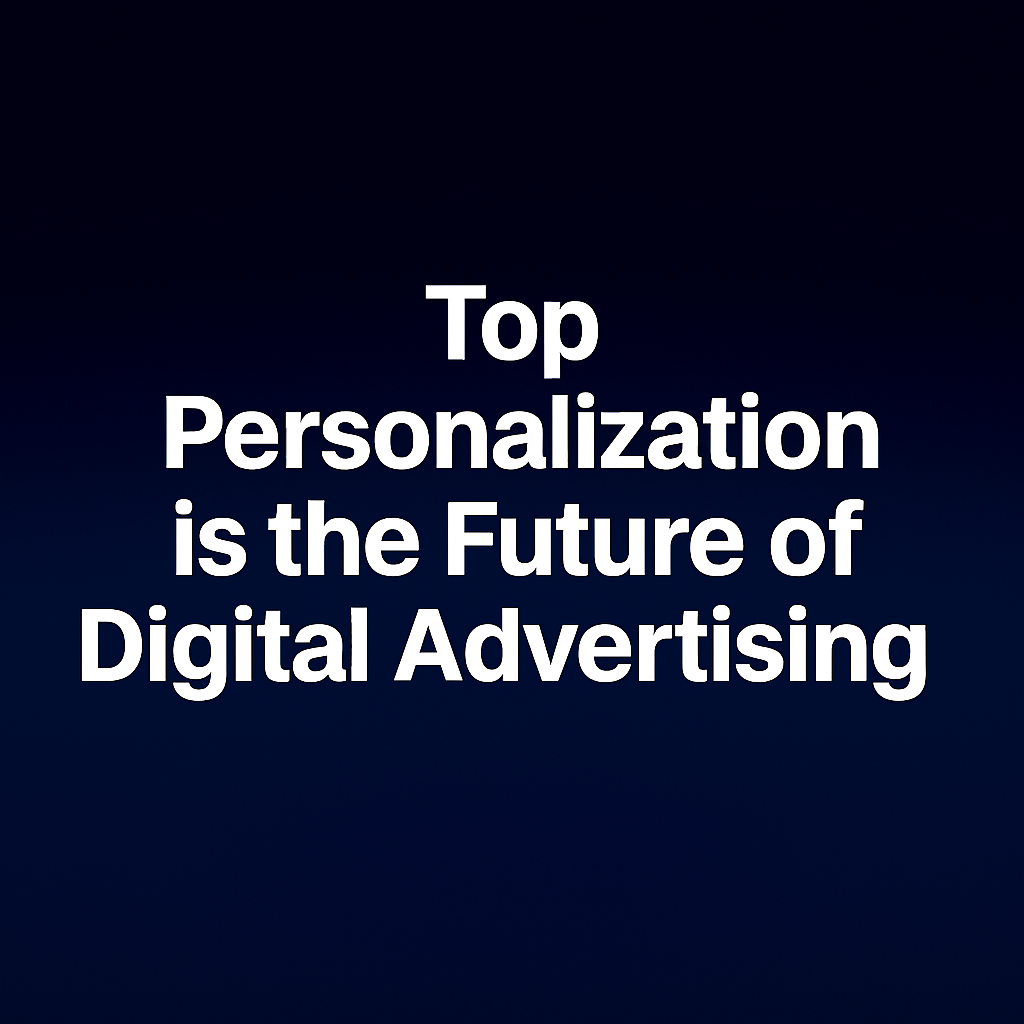Digital interfaces are evolving faster than ever. Designers must move beyond aesthetics and craft experiences that are intelligent, inclusive, and context-aware. The following trends define where UI/UX is headed in 2025 and 2026 and explain how product teams can adopt them to stay competitive.
1. AI-Driven Personalization and Adaptive Interfaces
AI is shifting UI from static layouts to adaptive experiences that change based on user behavior, context, and preferences. Expect interfaces that reconfigure elements, recommend flows, and surface content dynamically to reduce friction and increase relevance.
2. Strategic Minimalism and Focused Cognitive Load
Minimalism returns with purpose: strategic minimalism removes nonessential elements and emphasizes clarity, prioritization, and performance. Designers will sculpt interfaces so each component earns its place, reducing cognitive load and improving task completion rates.
3. Immersive 3D, Spatial UI, and Mixed Reality Elements
3D assets, spatial navigation, and AR/VR touchpoints will expand beyond novelty into functional UI patterns—product previews, spatial dashboards, and contextual overlays that augment real-world tasks and product storytelling.
4. Voice and Zero UI Experiences
Voice User Interfaces and Zero UI patterns (gesture, ambient, and voice-driven interactions) will gain traction as users expect more natural, hands-free ways to interact with devices—especially in contexts where screens are impractical.
5. Hyper-Personalized Microinteractions
Microinteractions will be personalized and predictive—animations, haptics, and feedback tailored to user intent to make interactions feel intuitive and delightful without being intrusive.
6. Inclusive Design and Neurodiversity-First Interfaces
Accessibility grows beyond compliance into design that actively accommodates diverse cognitive styles, motor abilities, and sensory needs. Design systems will include adjustable rhythms, multiple navigation patterns, and alternatives for common UI metaphors to make products usable for a wider audience.
7. Data-Empowered Design Systems and Tokenization
Design tokens, component analytics, and performance telemetry will be core to modern design systems. Teams will use real usage data to evolve components, optimize experiences, and align design decisions to measurable outcomes.
8. Scroll-Driven Storytelling and Content-Led Layouts
Narrative-led scrolling—where motion, layering, and timing reveal product stories progressively—will be used to increase engagement and guide users through conversion journeys while keeping interactions simple and purposeful.
9. Ethical, Privacy-First Personalization
As personalization becomes essential, successful products will adopt privacy-first personalization: first-party data strategies, on-device inference, and transparent controls so users retain control while receiving relevant experiences.
How to Implement These Trends Today
- Start with measurable goals: define the user outcome each trend should improve.
- Prototype rapidly and validate with real users to avoid surface-level “trends” that don’t move metrics.
- Instrument components: capture interaction signals to feed personalization and component optimization.
- Make accessibility a non-negotiable part of design sprints.
- Use progressive enhancement: ship core experiences first, then layer AI, 3D, or voice where they add clear value.
Measuring Success
Prioritize a small set of KPIs tied to user experience: task completion rate, time-on-task, retention, conversion rate, and accessibility compliance scores. Combine qualitative research with product telemetry to ensure changes actually improve user outcomes.
How Britcode Helps You Adopt These Trends
- UX Research & Prototyping: Rapid validation with real users and iterative testing.
- Design Systems & Tokens: Build scalable, data-driven systems that evolve with usage.
- AI Integration: Implement adaptive interfaces and on-device personalization responsibly.
- Accessible Product Design: Neurodiversity-first design and accessibility audits.
- WebGL and Spatial UI: Production-grade 3D and AR integrations for product storytelling.
Final Thoughts
2025/26 will reward teams that combine empathy, data, and technology. Trends aren’t ends in themselves—they’re tools to deliver clearer, faster, fairer experiences. Adopt them with measurement, ethics, and user validation at the center to turn trends into lasting product advantage.



3 Comments
This is exactly what i was looking for, thank you so much for these tutorials
It would be great to try this theme for my businesses
What a nice article. It keeps me reading more and more!